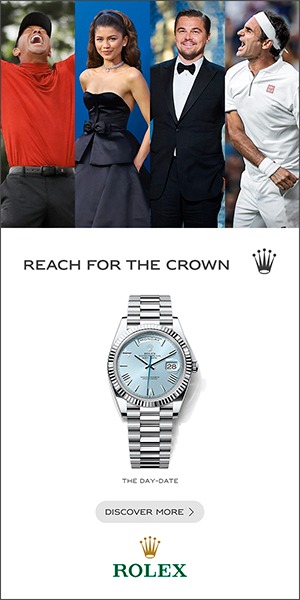As I was scrolling through Instagram the other day, I came across an alarmingly bright neon orange Prada Bag that reminded me of the beloved koodai — instantly taking me back to my childhood. When I was little, the koodai bag wasn’t anything special. In South Indian homes, it was everywhere — by the kitchen door, in the market, stuffed with curry leaves, mangoes, or maybe a few coconuts. At school, the koodai was packed with layered steel dabbas filled with achappams and rose cookies. Woven from recycled plastic or palm leaves, it was a household essential. Almost everyone had one, and no one thought twice about it.
Fast-forward to today, and this unassuming piece of everyday life has become global fashion’s latest fascination. The koodai, with its colourful chequered weave and boxy charm, has been spotted on runways, in glossy magazines, and on street-style feeds from Paris to Seoul. Suddenly, the bag that once carried groceries and school lunches is being celebrated as an emblem of “sustainable design”.
But this revival isn’t just another nostalgic trend — it’s part of something bigger.
The koodai has a winning formula: hand-woven by local artisans from Tamil Nadu using natural fibers like palm leaves, date leaves, or korai grass; sustainable, durable, and to an extent, water-resistant. This rooted design, combined with bright and customisable colours, makes it a natural fit for fashion enthusiasts. It’s practical, stylish, affordable, and accessible.
/filters:format(webp)/elle-india/media/media_files/2025/11/18/screenshot-2025-11-18-152832-2025-11-18-15-29-17.png)
For a long time, designs like the koodai were viewed through a narrow lens — exotic, “ethnic,” or “craftsy”. They were admired for their texture and colour, but rarely understood for what they truly represented: generations of local artisanship, resourceful design, and an intuitive kind of sustainability. The world loved the look but ignored the story.
Now, that’s changing. Slowly but surely, fashion is learning to see these creations not as novelties, but as integral pieces of a living design ecosystem. This shift comes at a time when fashion is reckoning with its own contradictions — between mass production and craft, between globalisation and local identity, and the long-overdue need to give credit where it’s due. The hunger for authenticity has pushed the industry to look closer at the handmade, the regional, the quietly ingenious. And in that process, objects like the koodai have found their moment.
There’s a slow rise of content creators discovering the bag and making them feel as current as any luxury tote. There’s something deeply satisfying about watching these symbols of everyday Indian life enter the global style conversation on their own terms. It’s not about nostalgia anymore; it’s about pride. Thekoodaire-emerges at a time when the fashion world is thirsty for something original. Not cyclical, not archival, but a piece that truly has a story to tell: a connection to community, memory, and a design logic rooted in care rather than excess.
In the end, the koodai’s rise isn’t just about fashion rediscovering a bag. It’s about design coming full circle — learning to celebrate the ordinary, to listen to local voices, and to realise that sustainability was never a Western invention. It was always here, woven into the rhythms of daily life.
So, are you grabbing your koodai today?
Also Read:
Carry On Couture: The Rise Of Indian Luxury Bags
Luxury Handbag Brands Loved by Bollywood And Hollywood Stars
/elle-india/media/agency_attachments/2024/12/12/2024-12-12t050944592z-2024-11-18t092336231z-czebsydrcd4dzd67f1wr.webp)
/elle-india/media/agency_attachments/2024/12/12/2024-12-12t050944592z-2024-11-18t092336231z-czebsydrcd4dzd67f1wr.webp)
/elle-india/media/media_files/2025/11/17/untitled-1-2025-11-17-14-50-15.jpg)
/elle-india/media/media_files/2025/11/18/banner-1-2025-11-18-15-00-51.png)
